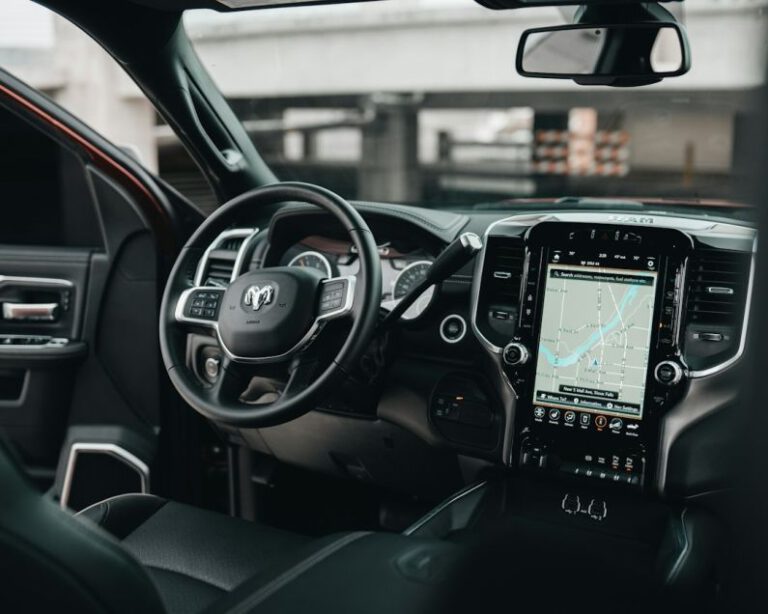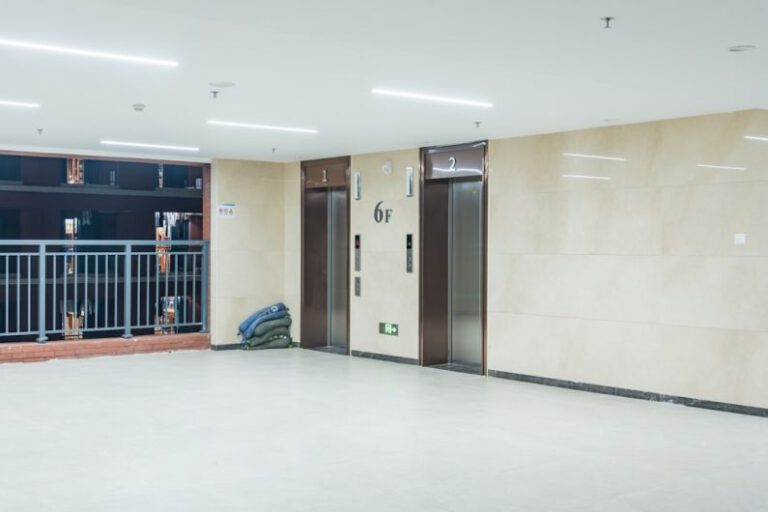The Hyperloop Era: Travel at Sonic Speeds
In the realm of transportation innovation, one concept has captured the imagination of the world: the Hyperloop. Conceived by tech entrepreneur Elon Musk in 2013, the Hyperloop is a revolutionary mode of transportation that promises to whisk passengers through vacuum-sealed tubes at speeds exceeding 700 miles per hour. As we stand on the brink of a new era in transportation, let’s delve into the futuristic world of the Hyperloop and explore its potential impact on the way we travel.
The Vision of Hyperloop
Imagine boarding a sleek pod and being propelled through a low-pressure tube at near-supersonic speeds. This is the vision of the Hyperloop – a high-speed transportation system that aims to revolutionize long-distance travel. By eliminating the friction and air resistance that slow down traditional modes of transportation, the Hyperloop promises to drastically reduce travel times and transform the way we move between cities.
How Does It Work?
At the core of the Hyperloop concept is the use of magnetic levitation and a low-pressure environment to propel pods through a network of tubes. By levitating the pods using magnetic fields and reducing air resistance within the tubes, the Hyperloop can achieve speeds comparable to that of commercial airplanes. This innovative approach to transportation not only offers a faster alternative to traditional modes of travel but also boasts impressive energy efficiency compared to other high-speed transportation systems.
Advantages of Hyperloop
One of the key advantages of the Hyperloop is its potential to significantly reduce travel times between major cities. With the ability to reach speeds exceeding 700 miles per hour, the Hyperloop could make it possible to travel between cities that are hundreds of miles apart in a matter of minutes. This could have a transformative impact on regional economies, making it easier for people to commute for work or leisure without the need for lengthy travel times.
Furthermore, the Hyperloop’s energy-efficient design could make it a more sustainable mode of transportation compared to airplanes or cars. By utilizing renewable energy sources to power the system and minimizing energy consumption through its low-friction design, the Hyperloop could help reduce carbon emissions associated with long-distance travel. This could play a significant role in mitigating the environmental impact of transportation and contributing to global efforts to combat climate change.
Challenges and Future Prospects
Despite its potential benefits, the Hyperloop faces several challenges that must be addressed before it can become a widespread mode of transportation. One of the key challenges is the high cost of building the infrastructure required for a Hyperloop network. Constructing the vacuum-sealed tubes and developing the necessary propulsion systems represent significant financial investments that may pose barriers to the widespread adoption of the technology.
Additionally, regulatory hurdles and safety concerns must be addressed to ensure the Hyperloop meets the stringent standards required for public transportation systems. As with any new technology, ensuring the safety and reliability of the Hyperloop will be crucial in gaining public trust and regulatory approval for its implementation.
Looking ahead, the future prospects of the Hyperloop remain promising. With ongoing research and development efforts aimed at addressing the technical and logistical challenges facing the technology, the Hyperloop has the potential to revolutionize the way we travel in the coming years. As we continue to push the boundaries of transportation innovation, the Hyperloop stands as a testament to human ingenuity and our relentless pursuit of faster, more efficient modes of travel.






